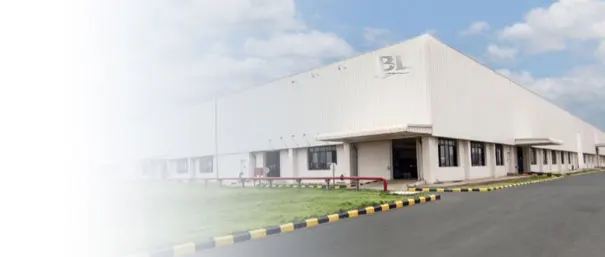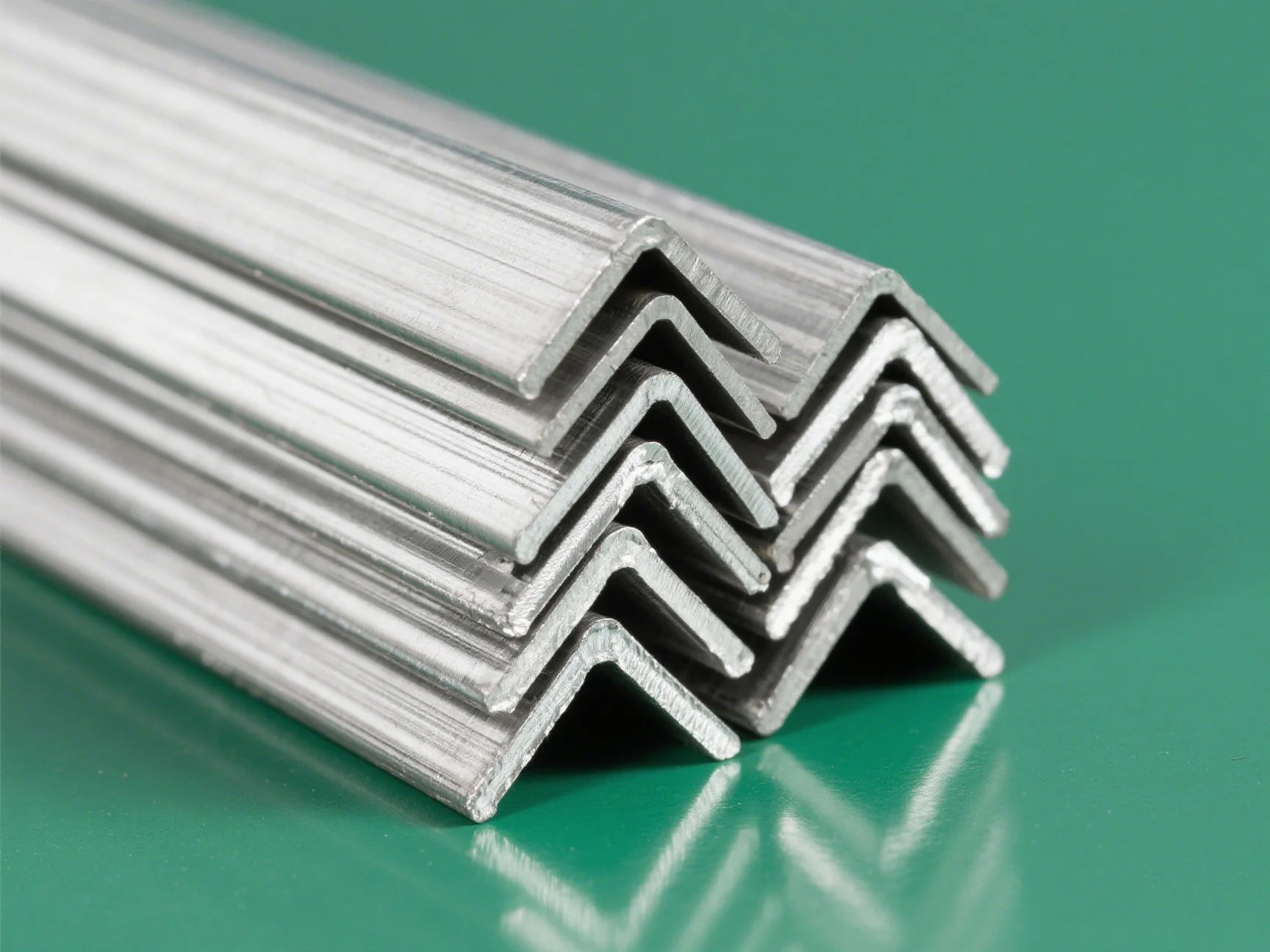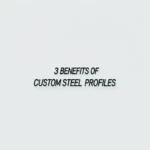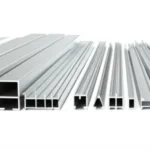ASTM International (formerly American Society for Testing and Materials) develops and publishes technical standards for a wide range of materials, products, systems, and services. For stainless steel angles, several ASTM standards are relevant, primarily governing the material composition, mechanical properties, manufacturing tolerances, and general requirements.


The most commonly cited ASTM specifications for stainless steel angle bars are:
- ASTM A276 / A276M: Standard Specification for Stainless Steel Bars and Shapes. This is a primary standard covering hot-finished or cold-finished bars, including angles. It specifies requirements for various stainless steel grades regarding chemical composition, tensile properties, hardness, and heat treatment.
- ASTM A479 / A479M: Standard Specification for Stainless Steel Bars and Shapes for Use in Boilers and Other Pressure Vessels. While oriented towards pressure vessel applications, the grades and requirements often overlap with A276 and may be specified for angles intended for demanding structural or high-temperature applications.
- ASTM A484 / A484M: Standard Specification for General Requirements for Stainless Steel Bars, Billets, and Forgings. This standard covers aspects not detailed in the specific product specifications like A276, such as permissible variations in dimensions (tolerances for size, straightness, and angularity), marking requirements, testing procedures, and packaging.
When ordering or specifying stainless steel angles, referencing the appropriate ASTM standard (e.g., “Stainless Steel Angle, 304/304L, per ASTM A276 and A484”) ensures the product meets established criteria for quality and performance.
These standards define critical parameters, summarized below:
| Parameter Defined by ASTM Standards | Significance |
|---|---|
| Chemical Composition | Ensures the correct grade is supplied, dictating corrosion resistance, weldability, and other material characteristics. |
| Mechanical Properties (Tensile Strength, Yield Strength, Elongation) | Guarantees the material meets the required strength and ductility for structural integrity. |
| Dimensional Tolerances (Size, Length, Straightness, Angularity) | Ensures the angle bar conforms to the expected physical dimensions for proper fit and assembly (often detailed in A484). |
| Heat Treatment / Condition | Specifies the processing state (e.g., annealed), which affects mechanical properties and machinability. |
| Finish (e.g., Hot-Rolled, Annealed, Pickled) | Defines the surface condition of the angle bar. |
Adherence to these ASTM standards is crucial for ensuring product consistency, safety, and suitability for the intended application.
What is the ASTM for stainless steel angle? — This article provides a practical buyer‑focused overview with specifications, selection tips, and on‑site considerations. Explore related topics: blog.
Key Specifications and Standards
- Standards: ASTM / EN / JIS (e.g., ASTM A240/A36, EN 10088/10025, JIS G4304/G3131).
- Surface options: 2B, BA, No.4, HL, mirror; galvanized (electro / hot‑dip).
- Processing: hot‑rolled, cold‑rolled, annealed & pickled, welded or seamless.
- Typical services: slitting, shearing, cut‑to‑length, drilling, beveling, deburring.
- Documentation: MTC, CO, packing list with net/gross weight and heat numbers.
Typical Applications
Construction, machinery, automotive, energy, enclosures and fencing, food equipment (for stainless), and general fabrication. Match grade and finish to corrosion, strength, and appearance requirements.
Selection Guide
- Use certified material with Mill Test Certificate (MTC).
- Confirm standards (ASTM/EN/JIS) and tolerances per drawing.
- Match surface finish to application (2B/BA/No.4/galvanized).
- Specify dimensions and acceptable deviation upfront.
- Plan packaging and corrosion protection for transit.
Processing, Packaging and Logistics
We adopt edge protection, waterproof wrapping, rust‑inhibiting paper, fumigated pallets, and strapping suitable for sea freight. Loading photos and weight lists are provided for each shipment.
FAQs
Q: What lead time can I expect?
A: Typically 7–15 days ex‑works for standard sizes; custom processing may extend the schedule.
Q: Can you provide cut‑to‑size service?
A: Yes. We slit, shear, cut, drill, bevel and deburr to drawing to reduce waste and speed installation.
Q: How do you ensure quality?
A: Incoming inspection, process control, and final inspection with traceable heat numbers; third‑party inspection is available.
Q: Do you support small trial orders?
A: We support pilot quantities with consolidated shipping to control cost.
All values are typical and for guidance only; confirm with the datasheet and purchase order before production.
Related products: view details.
Related products: view details.





